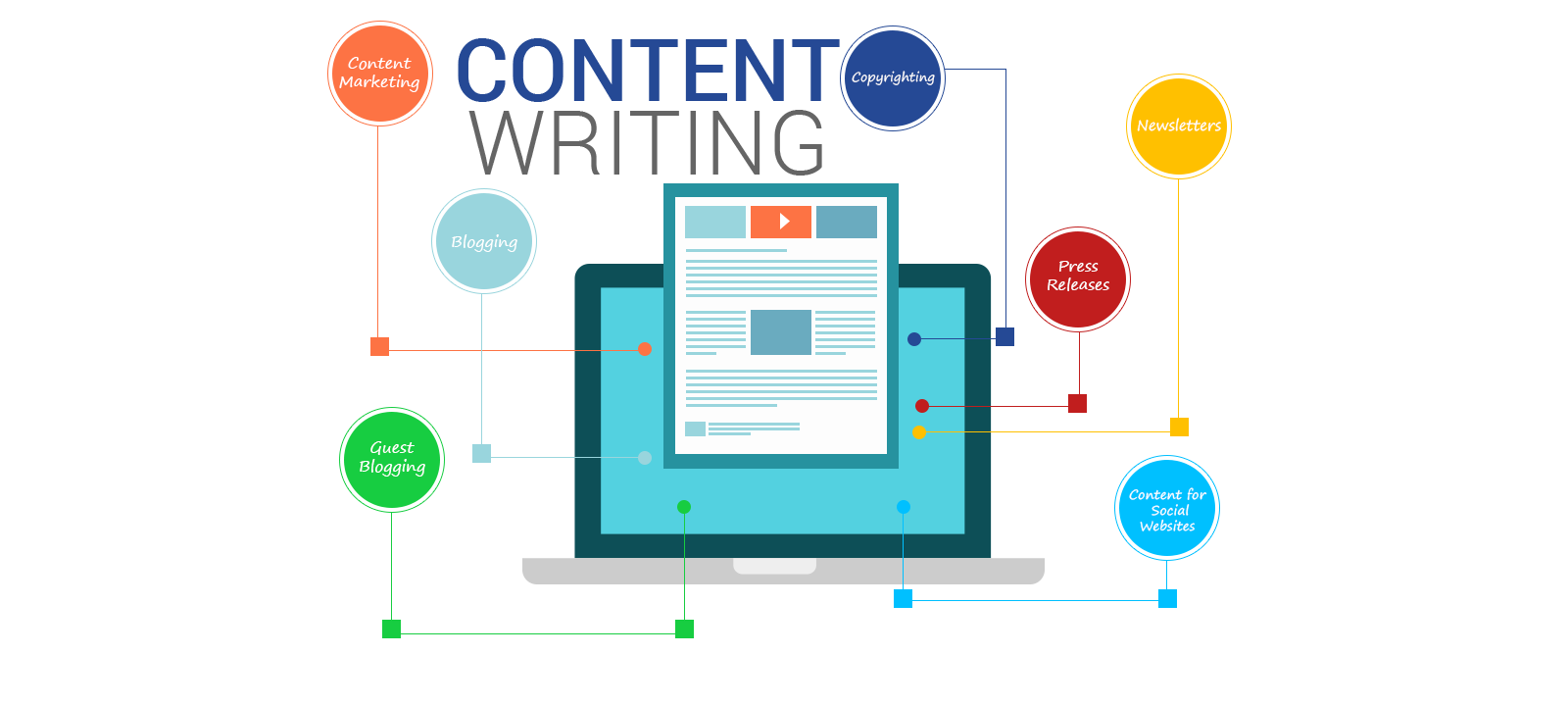I know it might sound a bit pretentious, “Copywriting guide for Ecommerce”, but the story is in fact a lot easier than it seems. Apparently. And if we haven’t yet lost you entirely, we invite you to read today’s article where we talk about how we should write on our site so that we attract clients that actually buy.

Before getting started, however, let’s clarify what these two terms refer to.
- Online trade, Ecommerce, refers to all of the commercial activities that are achieved by using the internet or any other electronic method. At least that’s what Wikipedia says.
- Copywriting encapsulates the totality of texts that are published within a site. In this article we’re going to cover especially the commercial side of the texts that are written with the purpose of encourage/ convince users to buy
Now that we’ve clarified these terms, it’s time to get to work and see how it’s recommended to conceive the texts from the website in order to have maximum results. From the perspective of conversion of the users into buyers.
1. Get to know the profile of your client.
We’ve already talked about this in our most recent Ecommerce article, where we emphasized the importance of knowing the profile of the client. It’s essential to know how to write and who to write to. And if you’re writing for the wrong category of clients you’re going to have some not very pleasant surprises. Imagine using academic language to promote baby shoes (I am not currently using diminutives because they are not used by future to be parents). Just as you can’t use a text that promotes baby shoes, while selling diesel injectors. It’s essential to know the profile of your client. It matters a lot to know how to write and who to address. We’ve covered this topic in more detail here.
2. Speak the same language that your client does
This is why it’s so relevant to be aware of your clients’ profile. Usually, when it comes to copywriting, it’s recommended to use the language of a third grader, so that everyone can grasp the meaning. Of course, this may differ according to the product, to the online shop, but usually, the more straightforward the text is, the more efficient it will be.
Do you remember the text we had at the beginning? The previsualize text? With that sort of a text, that is vaguely built and that requires time to be understood, ecommerce success is going to be quite small.
Complexity is mean to impress, but simplicity sells. What would you choose?
3. People buy the story, not the technicalities.
This is an extremely important aspect that I can’t emphasize enough. To go through some technical specifications is quite easy and anyone can do it. The user doesn’t even have to have your site for this as long as he can use search engines such as Google and Bing. Therefore, how can you stand out from your competitors? Easy: come with a story, a different text, something that speaks to the emotional side of the users as well.
People make lots of decisions based on how they feel, rather than the rational side of things. If all of us just bought what we really need, the economy would collapse. Did it ever happen to you to just buy something and not know exactly why you wanted it? Do you actually need that smartphone to text and call people? Most likely the answer is no. And yet, you bought that smartphone because you wanted it, not because you needed it.
Life represents the process of achieving keys: house keys, car keys, office keys and so forth. But before buying these, you have to know which one of them you really desire. And this is where copywriting comes in: to make you want the right keys, from the right site. Emotion sells, not the list of technicalities.
4. It’s not about you, nor is it about the product. It’s about the clients
That’s why it’s very important to talk about the product that you have, about its certificates and its performances. Yes, clients care about these aspects. But most of all they care about what advantages buying this product will bring them. Seriously, you can simply ignore (thought we don’t really recommend this) the part that covers the technicalities and focus on the advantages.
That’s why the acronym of WIIGM (What’s In It For Me) exists. It promotes this exact idea: people will be interested as long as they are aware of what benefits the activity brings them. And shopping is an activity. It would be a pity not to use this concept to motivate and challenge our users.
5. Offer value along with the purchased product
We talked about the emotional side of people, about the fact that we have to talk in an emotional manner, to present advantages and now all there’s left is the most relevant aspect. Let’s make our clients feel like they are appreciated, that we don’t see them as mere buyers that bring in the money. Let’s offer them value, constantly, whether we talk about thank you letters or keeping up to date a blog that can give them important information. We all know it’s cheaper to keep an already existing client than to bring in a new one, therefore we invite you to take care of your clients.
And now we invite you to the comments’ section to share with us what info you thought to be the most relevant one from this article. Also, maybe you want to tell us what’s the first thing you’re going to implement, out of these 5 steps?
